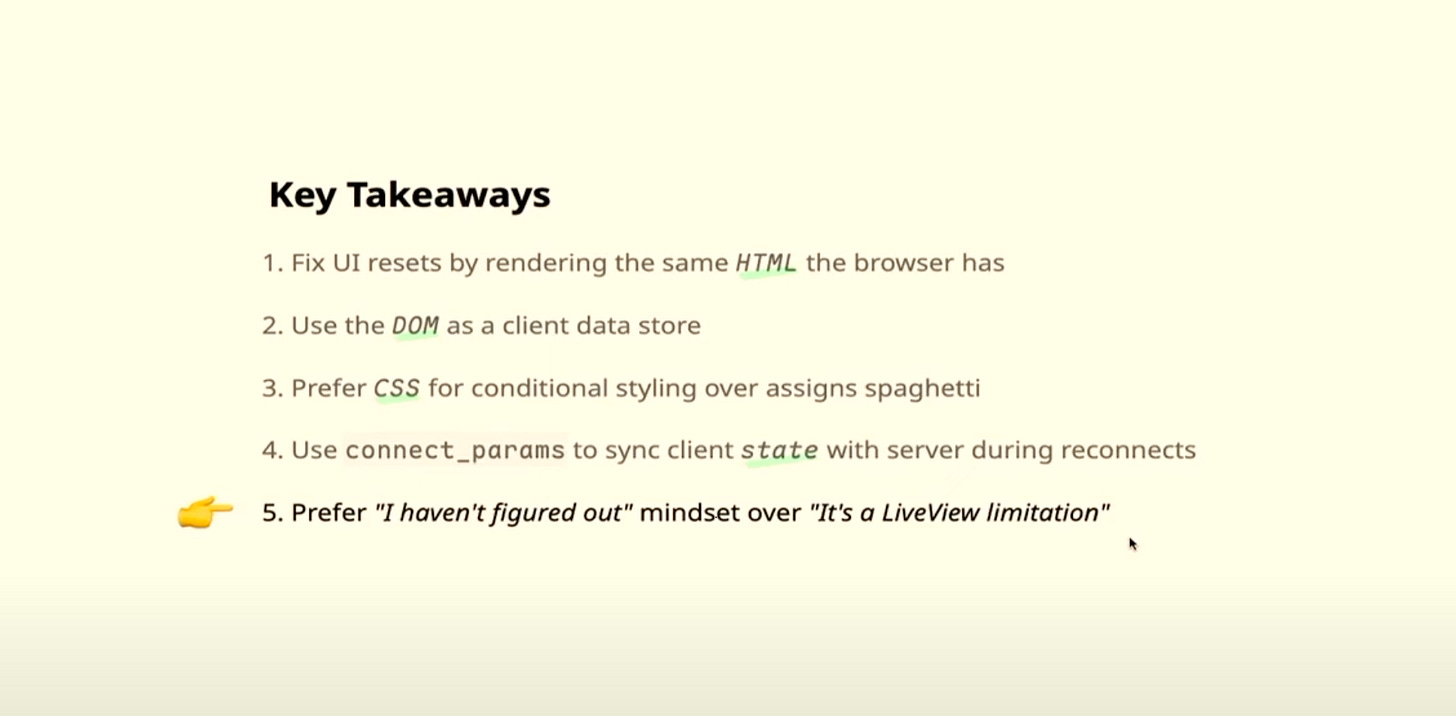Any Cables Monthly #31: Why.js?
September, 2025
Good news, everyone! We’re back from our vacation and ready to present all the real-time-ish stuff happened in the last three months. Buckle up!
Highlights
As Thruster becomes more popular in the Rails world, so does its AnyCable-d version. It’s not surprising: running AnyCable for Rails with Thruster is as simple as changing a line in the Gemfile!
Now, you can also switch to AnyCable Pro with a one more configuration change!
Posts
AnyCable for Laravel: reliable WebSocket infrastructure
We continue our work on AnyCable integration for Laravel. This post introduces AnyCable’s Pusher (and, thus, Reverb) protocol compatibility and a dedicated Echo adapter. It also includes load testing results and comparisons (no spoilers, go to the post to see the numbers).
Videos
Phoenix LiveView: Mastering Reconnects for a Seamless User Experience
This talk from ElixirConf EU 2025 explores the problem of restoring a connection state (more precisely, a LiveView component’s state) on reconnect. There are a few techniques presented, most are specific to LiveView, except the very last one (which I liked the most): Prefer “I haven’t figured out” mindset over “It’s a technology limitation”.
Klipshow From Scratch Ep. 4: Real-Time WebSocket Alerts + OBS Integration + AnyCable Architecture
In this YouTube series, Johny builds a production Rails/React application (Klipshow, a Twitch monetization platform) in real time and thoroughly explains everything he does. This show is a good collection of how-to-s for a variety of modern Ruby on Rails tools (Turbo, AnyCable, SolidQueue, etc.). Subscribe!
Podcasts
OnRails: Inside Doximity’s 15-Year Rails Monolith
Throughout the episode, they share pragmatic insights into debugging at scale, managing one-off data migrations, and determining when a service should live inside or outside the monolith. They also reflect on their use of tools like Packwerk, AnyCable, and Departure, and how a culture of trust, documentation, and lightweight planning helps Doximity move fast without breaking things.
Releases
We’ve released a few patch version of AnyCable during the summer with some tiny but helpful features. Check out the change log!
Campfire, a simple group chat app built at Basecamp, that was previously commercially available via the Once model is now open sourced! Feel free to play with it, modify and share your mods with the world! (That’s what we’re going to do soon 😉)
Frame of curiosity: y-j-s
In just about a month, we’re holding the very first SF Ruby Conference. Apart from various AI-related talks, there is one hidden gem (from this newsletter point of view)—a talk by JP Camara on Real-time collaboration with Rails, AnyCable and Yjs. I don’t know (yet) what it’s gonna be about, but I have some thoughts on the subject I’d like to share.
SF Ruby Conference is happening on November 19-20, 2025. Grab a ticket here: https://luma.com/sfrubyconf2025?coupon=ANYCABLE ($50 off!).
So, what is Y.js, and why should you care? Y.js is a CRDT (Conflict-free Replicated Data Type) library that solves the distributed state synchronization problem. In practical terms: it lets you build collaborative features where multiple users can edit the same data simultaneously, and all changes merge automatically without conflicts. Think Google Docs, but for any kind of shared state—collaborative whiteboards, forms, design tools, or even project management boards. If your users need to work together on something in real-time, Y.js handles the hard math so you don’t have to.
The Rails community has flirted with Y.js before. If you have been following us for a while, you should remember the yrb-actioncable project. However, we haven’t seen a lot of people building with it (probably, because it’s incompatible with AnyCable, and we mostly work with it).
But here’s the exciting part: recently, a Go port of Y.js has been released. Wait, Go? Yes! This changes everything. We can move all the CRDT complexity to AnyCable and expose a simple, clean API to bring collaborative features to any Rails (or PHP, or...) application. No more worrying about Ruby’s performance characteristics for handling high-frequency CRDT updates. No more binary protocol gymnastics in your application code. Just a straightforward API that lets you add “Google Docs-like” collaboration to your app!
That’s something we’ve been keeping in mind for a long time, and it seems it’s getting closer to reality. Sounds exciting to you? Let’s chat in San Francisco in November!



